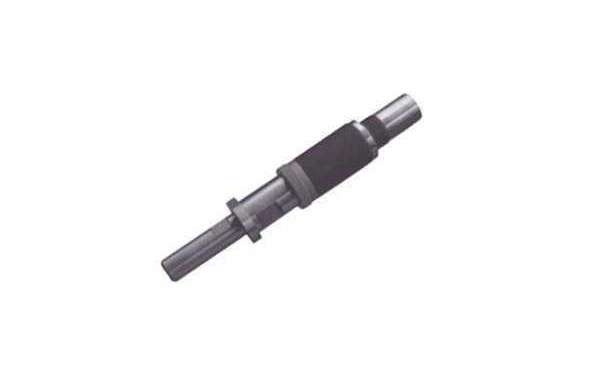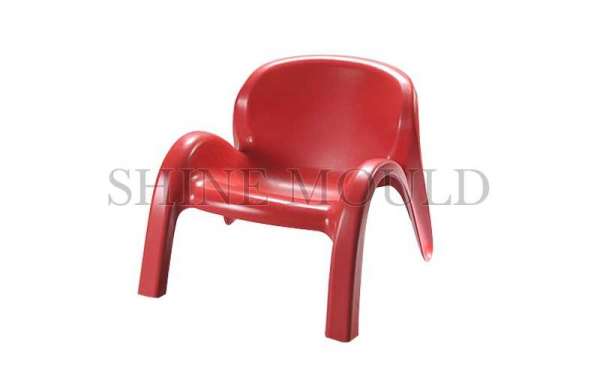Manufacturers use a wide variety of plastics to mold parts incorporated into products and have increasingly begun to replace other materials like bronze, stainless steel, aluminum, and ceramics. Some of the most popular reasons for using or switching to plastic include longer overall lifespan of the part, reduced wear on other components of a product, faster production line speeds, corrosion resistance and weight reduction. In addition, companies report an average 25-50 percent cost savings when parts are converted to plastic which oftentimes exhibit superior performance attributes.
Aligning with your Injection plastic mold partner to choose the best resin early in the design for manufacturability process, is crucial to a part’s production success. A good place to start is to have a general understanding of the two main types of resins – amorphous and semi-crystalline.
Polymers are made up of structures that are defined in terms of crystallinity – or how the molecules of the polymer are packed together. Crystalline structures are in most cases very ordered, which gives the material strength and rigidity. Amorphous polymers are the opposite.
Sometimes the distinction between the two is not clear cut. With most polymers, there is a mix of both crystalline and amorphous structures. How the polymer is processed determines the exact proportion of each.
Amorphous
Amorphous resins include most clear plastics including polycarbonate, acrylic, PETG, ABS, and polysulfone. They are a high temperature family of resins that can often be substituted for one another, in the same injection cavities, since the linear shrinkages are in the same range.
Pros:
-Softens over a broad range of temperatures
Naturally translucent
Bonds well using adhesives and solvents
Little shrinkage as it cools
Cons:
Prone to stress cracking
Poor fatigue resistance
Best for structural applications only (not bearing and wear)
Low dimensional stability
Tendency to creep
Semi-crystalline
Semi-crystalline resins have a highly ordered molecular structure and do not soften as temperature rises, but rather have a defined and narrow melting point. The melting point is generally higher than the upper range of amorphous thermoplastics. Some of the most common semi-crystalline plastics include Nylon and Acetal.
Pros:
Good resistance to stress cracking
Good fatigue resistance
Good for bearing and wear, and structural applications
Tends to be opaque and reflect light
Cons:
Sharp melting point
Difficult to bond using adhesives and solvents
Higher shrinkage as it cools
When flexibility is needed at low to ambient temperatures, amorphous polymers are the best choice for your application. When hardness and rigidity are required, polymers with greater crystallinity is recommended.
In addition to the more commonly used amorphous and semi-crystalline resins, there are high-heat / exotic resins that offer unique properties and characteristics that make the specific material ideal for various part characteristics and applications.
When considering the intended end use for your injection molded part, understanding these key characteristics is essential to selecting the best resin:
Part Appearance and Geometry
A part’s overall appearance and geometry have a significant impact on the molding capability and the type of resin that should be used. Part design including size, shape, and wall thickness can make a part prone to defects, while features like snaps, undercuts, bosses, ribs and more can complicate the molding process.
Identifying the potential risks for part defects before the production process is an essential step in injection molding. It is imperative that injection molders use the latest technology to run simulations validating the design and resin choice before the project is finalized for production. SolidWorks®Premium plastics flow simulation provides predictive insight in the early stages, which often reduces overall time to market.
Part Strength and Flexibility
Material selection plays a critical role in the strength and flexibility of your molded part. Addressing specific needs early in the design process can help you avoid costly changes later. Balancing characteristics like stiffness, durability, toughness, and others are key in achieving optimal part functionality. Additionally, it’s important to understand the key differences in some of the more commonly used resins.
If you want to buy Ejector sleeve, welcome to send us messages!








